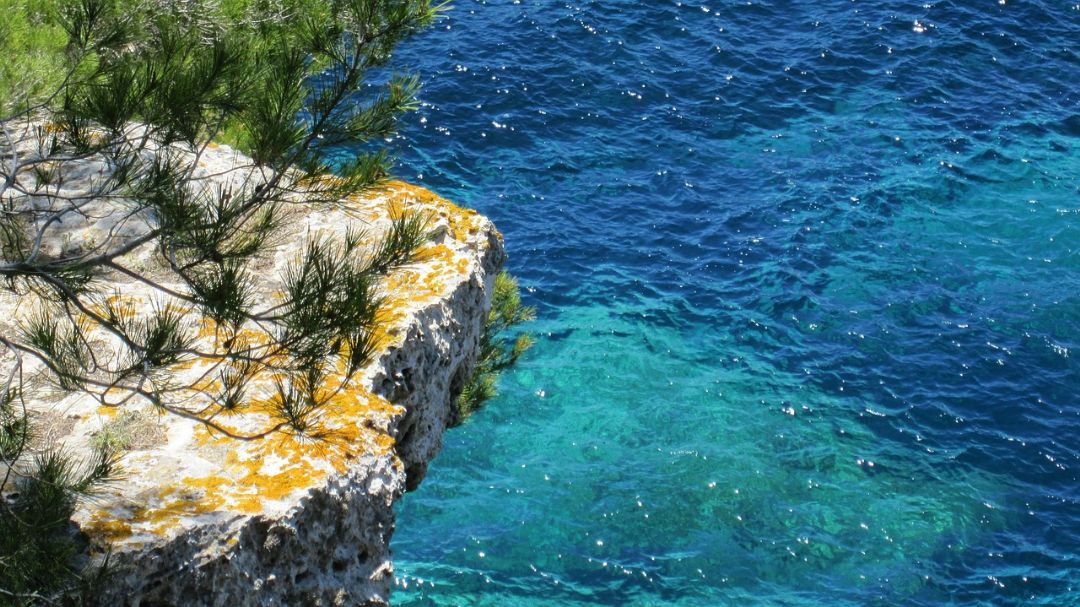
Spanish property for sale - Where to look?
2016-06-29
Where to start? Both Spain and realty are huge items so we have to cut them into pieces! The reason why a lot of people come to Spain is of course the weather! So that is the first thing that come´s into mind. As we have Dutch roots we are accustomed to speak about the weather each day! In Spain it is easy to see the weather forecast on www.eltiempo.es. But of course you can also look at the sky that is normally blue over here! As you start searching on ImmoVario, as a first step you can select a region that might suit you. This is quite easy to do with our Interactive Map. Weatherwise the regions differ more than you think. So you have to ask yourself some questions: What is the maximum/minimum temperature I would like? At what time of the year will I travel to Spain, etc., etc.. The climate of Spain varies across the country. Of course the Mediterranean climate with dry and warm summers and mild winters is very attractive to the Northern European people like us! Here is an overview of the maximum and minimum temperatures in the different regions (source: Wikipedia). As you can see there are quite some differences! Mediterranean Max. Min. Granada 42.5 °C –13.4 °C Murcia 47.2 °C –6.0 °C Malaga 44.2 °C –3.8 °C Valencia 43.0 °C –7.2 °C Alicante 41.4 °C –4.6 °C Palma 40.6 °C — Barcelona 39.8 °C –10.0 °C Girona 41.7 °C –13.0 °C Seville 47.0 °C –5.5 °C Cordoba 46.6 °C — Badajoz 45.0 °C — With the Interactive Map of ImmoVario it is easy to select your favorite region. Instantly the offer of houses for sale will appear!

The top-class world of Spanish football
2016-06-13
Spanish football is currently considered to be the leading league in Europe with Spanish teams featuring in more European finals in the last few years than any other country. It is watched all over the world, with fans of Real Madrid and Barcelona found far and wide. Often those who wear their favourite team’s t-shirt have never set foot in Spain, but with a wealth of talent, showmanship and an often unrivalled passion for the beautiful game, Spanish football is one to watch, whether it's in a bar with locals or at your holidayhome with family, it's definitely an excuse for tapas and an ice cold Spanish beer. La Liga is the top football division, also known as the First Division in Spain and it has a massive following with Barcelona and Real Madrid featuring as the top two La Liga contenders. That said, recent years have seen a new star rising up amongst the La Liga football ranks with Atlético de Madrid starting to gain ground. Valencia, Sevilla and Villarreal also feature in La Liga on a frequent basis. Real Madrid and Barcelona have cemented their dominance not only in the Spanish First Division, but also in the European Champions League. Real Madrid have won it 10 times, while Barcelona have won 5 times. The rivalry between the two teams reflects the political perspectives seen in Spain, with tensions between the governments of Catalunya and Madrid reflected on the pitch. Over the last two decades, Real Madrid have focused their strategy on signing top players from around the world. In the early years of the 21st century they were known as the Galáctico, boasting world-class players such as David Beckham, Zinédine Zidane, Raul, Roberto Carlos and Ronaldo. Barcelona also boast big names within their team line up, however their football style is predominantly home-grown. Their style is known as “tiki taka” and is based on the number of passes at the first touch of the ball, high accuracy and ball possession. The style is considered the most difficult to beat, and has even been considered unbeatable by some. Barcelona are often considered the maximum expression of “Total football”, a concept first coined in the 1970s which was used to describe the playing style of the Dutch national team, led at the time by their captain, Johan Cruyff. Nowadays, Barcelona and their star player Lionel Messi are considered by many to be the best ever to play the game. This is disputed by their rivals Real Madrid whose star player is Cristiano Ronaldo, also famous the world over. El clásico Barcelona Real Madrid match is probably the most watched game of the year. It is so famous and popular that in ratings terms it contends with world cup finals. Quite a feat! Click at this link to see our offer of property for sale in Spain if you want to find your dreamhome in this football loving country!

Splash Out in Mallorca
2016-04-22
Mallorca's warm climate, varied coast and favourable winds make it a superb place for many different water sports. The annual International Boat Show in Palma and the ever-increasing numbers of holidaymakers and residents looking for fun on or in the water are evidence of the growing importance of watersports to the island's economy. There are so many venues for water sports around the beautiful coastline you will be spoiled for choice. Snorkelling Snorkelling is the easiest way to get up close to Mallorca's amazing marine life. You need only a mask, a snorkel and a pair of flippers and you are good to go. Beginners who may be unsure can get advice from any of the diving centres around the coast. Some of the best beaches for snorkelling include Cala Mondragó, near Cala D’Or La Isla de Formentor Beach Es Braç, near Muro Sailing and Boating The waters off the coast of Mallorca offer a fascinating cruising experience all year round. Indeed, many sailors prefer the winter months, when the seas are less crowded and the weather is still mild enough to make a boat trip a pleasant experience. There are too many marinas and harbours around the island to list here but the following websites are a useful source of information on all things nautical: Fondear.com Rcnpp.net Jet-skiing Jet-skiing can be carried out at beaches all around Mallorca and jet-skis are widely available for hire. No licence is required, but life jackets must be worn and regulations regarding distance from the beach, cliffs and marker buoys should be observed. For information on jet-ski courses telephone +34 971 206 114. Mallorca also offers ideal conditions for paddle-boarding, wind-surfing and kite-surfing, making it the perfect base for all water-lovers. After holidaying here, many people dream about moving to this beautiful island. Whether you are looking for a holiday home or a retirement haven, property for sale in Mallorca has not looked such an attractive proposition for several years. Now prices are starting to recover, it is an excellent time to consider buying your own place in the sun. Take a further look at our ImmoVario website where we have a selection of the best property for sale on Mallorca.
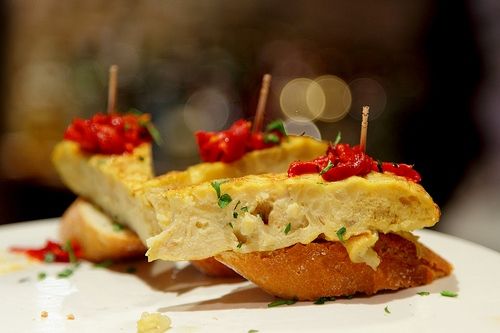
Tapas. More than a midnight snack
2016-03-25
From tiny, family run bars to Michelin starred restaurants, tapas are a Spanish food phenomenon that has taken the world by storm. A fantastic way to keep going until lunch, perfect for dinner with friends, tapas are now a classic Spanish meal in their own right. There are several stories pertaining to the origin of tapas. In Spanish "tapar" means to cover, and most people agree that the original origin of the word came from the fact that a glass of sherry or wine, served along a trade route was covered with bread or a plate, with a small amount of food on top. Whichever version of the story you choose to believe, tapas are a simple food invention that are definitely here to stay. In some parts of Spain, particularly Andalucía, tapas are offered on the house when you buy a drink. You can also choose to go to a tapas restaurant and pick tapas from a menu to share with family and friends. Nowadays a tapas restaurant can vary from a family-run place to a high-end restaurant. Just choose the style of restaurant that suits your mood that day… and the type of drink you’d like. Whether it’s local wine or beer or a world-class wine, you’re bound to find it on the menu at a tapas restaurant. Tapas arrive at the table in round earthenware dishes, filling the centre of the table. You’ll be given your own plate to pick and choose your favourite nibbles from the food placed in front of you and then the fun begins! The list of fantastic tapas is probably endless. Some timeless favourites include patatas bravas; cubed pieces of cooked potato in a spicy tomato sauce, calamares fritos; fried squid – perfect with the mayonnaise the Spanish serve it with, boquerones: anchovies in vinegar, tortilla; the classic Spanish tortilla, often served with a slice of freshly cut bread. Croquetas, a cheese and ham croquette combination and chorizo in red wine are also favourites the world over. The list just goes on and on! So, what are you waiting for? Grab a fork and dig in! Please have a further look on our website ImmoVario.com to find a nice overview of property for sale in Spain.

Looking for a home near one of Picasso's 2 cities?
2016-03-10
Born on the 25th October 1881 in Malaga, Pablo Picasso is one of Spain’s most famous modern artists. Well known for his classic piece, Guernica, which portrayed the horror of the Spanish civil War, he was also an actor, poet and sculptor, amongst other artistic professions. There are two must-visit museums dedicated to Picasso and his work in Spain. If you’re an art-lover, you really must add at least one of these museums to your holiday itinerary. Málaga, Picasso’s home town and Barcelona, the capital of the Catalunya region drew the lucky dip when it came to the construction of these museums. Both cities have fantastic beaches within easy reach, fine restaurants, sunshine and a cosmopolitan lifestyle, making them the perfect choice if you’re looking for a new home nearby. Picasso's Barcelona centred around the old town in the city. His art school, his favourite bars and his home were all here and as a result Barcelona’s Picasso museum focusses on the formative years of Picasso. The permanent collection of the young artist’s works total 4, 251 pieces. Highlights at the museum in Barcelona include Las Meninas (1957) and The Embrace (1900). Choose a home on the Costa del Maresme for easy access to this fascinating city. The museum in Malaga was set up by his wife who followed her husband’s wishes for his work to be on show in his hometown. The initial museum concept began in 1953 but it wasn’t until 1993 that the museum was put firmly on the Malaga agenda. Opened in 2003 by King Juan Carlos I and his wife, Queen Sofia of Spain, the museum now has 233 works in its permanent collection and a further 43 form a temporary collection. The Malaga collection features his late works, including Cubism and prints. A home on the Costa del Sol gives you the best of both world's; classic Spain, sun-bathed beaches and a community that speaks your language. As well as standard visits to both museums, check out their additional activities before you go. There are activities for all ages from small children to talks and workshops for adults. When the weather is too hot, or it’s raining outside, head to one of the museums and learn more about someone who changed the history of Spanish and world art. Click at this link to see our offer in and around these nice two cities: property for sale in Spain Sources: Museupicasso.bcn.cat Barcelona.cat Museopicassomalaga.org
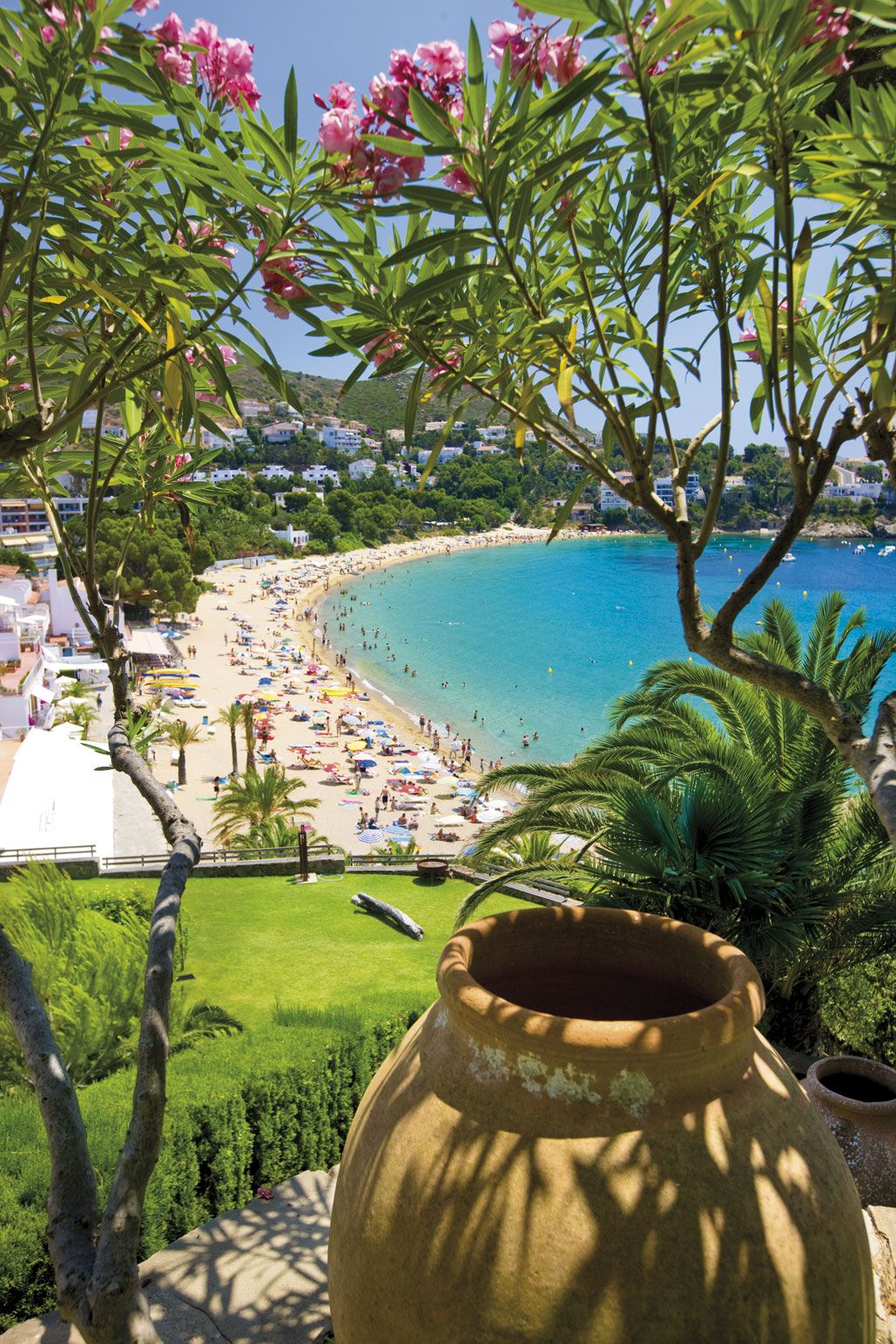
Sunsets in Roses - a nice place for a second home.
2016-02-24
Roses or Rosas in Spanish is the only resort on the Costa Brava to face west, giving it an enviable position with stunning sunsets across the Gulf of Roses. Sunsets across the gulf aren't the only reason to head to Roses. It's now incredibly popular as a tourist resort with plenty of amenities and services in your language. Located just one hour by car from Girona airport, an alternative airport to the hustle and bustle of Barcelona with several flights from regional airports, a holiday home in Roses is the perfect place to escape to when you need a break. Roses has several stunning beaches, all of which have the European Blue Flag, a symbol of cleanliness and excellence, year after year. Platja Palangres, a firm favourite with locals, is just past the harbour and has a tree-shaded picnic area, perfect to escape to around lunchtime when the sun is high above the beach. Traditional Catalan cuisine is easy to find in Roses, from Escudella I Carn D'olla, a vegetable broth served with pork, veal and chicken. For a simple, rustic meal try Pa Amb Tomàquet, which is the Catalan equivalent of pan con tomate, traditional freshly baked bread, toasted then rubbed with garlic, tomato and smothered in olive oil. Traditionally served at breakfast with a café con leche and freshly squeezed orange juice, you can ask for it all day long at local cafés. If you choose to holiday in Roses for a longer period of time make sure you head into Girona for a day or two in a city that's often forgotten in the shadow of its neighbour Barcelona. A small town, it's easy to get around in one day, but don't rush, you'll miss out on the town's hidden gems. Historically fascinating the Força Vella fortress has Roman ruins and history within its walls. The town's Medieval architecture is still found within the walled old quarter and pleasant walks along the River Onyar. Roses is the perfect holiday home location for long and short term vacations. With plenty going on in and around Roses, you'll always find new places, restaurants, bars and beaches to explore from your vacation home. Did you know that ImmoVario offers 1586 properties for sale in Roses at the moment?
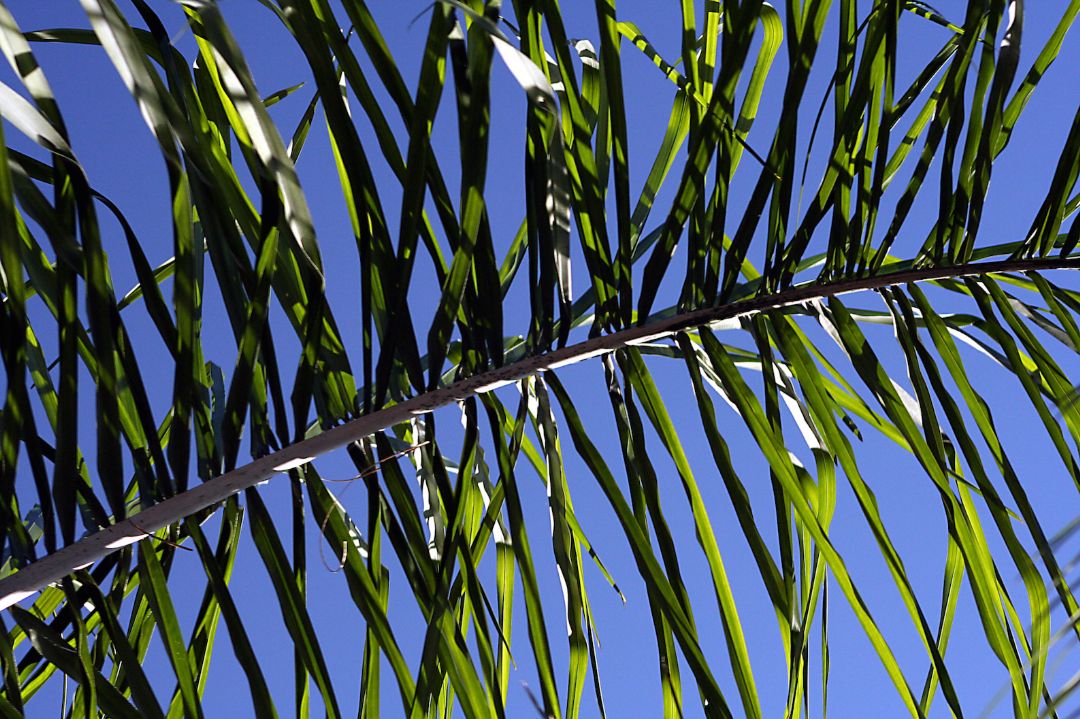
Buying a property in Spain - choosing where to live
2016-02-10
Spain is more than just sunshine. It's a country of wondrous smells, numerous sights, both on and off the tourist trail, incredible food and wine, and a country which boasts a wonderfully friendly population. Of course, living in a country, or spending a significant amount of time there, is completely different to holidaying there for two weeks a year. It is important to consider this when you choose where in Spain you would like to purchase or rent your home. If you don't already speak Spanish, do you want to learn it? Or would you prefer to learn the basics but to be surrounded by people who speak your own language? When it comes to choosing the location of your holiday home, you should also consider the types of activities you will be doing there. Do you like rural areas? If so, are you ready for the challenges that living in rural Spain brings? Challenges such as people who only speak Spanish, local shops closing for the siesta, local roads. Of course, the beauty of a rural area is that once you know how things work, you'll probably integrate better with the locals, but getting to that stage takes time and often requires local language knowledge. If you intend to live a slower pace of life, enjoying time on the golf course, time at the beach or by the pool, or joining in activities with expats, then perhaps a better location for you would be a coastal area, with a more established expat community. ImmoVario's agents and advisers can help you decide which areas are better for you. Resort based properties are an excellent choice when you want to enjoy your holiday home to its fullest potential, with grounds maintenance fees, cleaning and gardening paid through a central fund. Add this to your list of questions when you are house hunting. For those who intend to use their home primarily to relax in, away from the stresses and strains of everyday working life, it may be a good idea to purchase a holiday home in an area with excellent airline links to your home city. If you fancy a long weekend away at short notice, you can take advantage of the many budget airlines which now fly from northern Europe to the sunnier shores of the southern Mediterranean. Whatever your final decision is, you are bound to feel at home in friendly España! Please have a further look on our website ImmoVario.com to find a nice overview of property for sale in Spain.
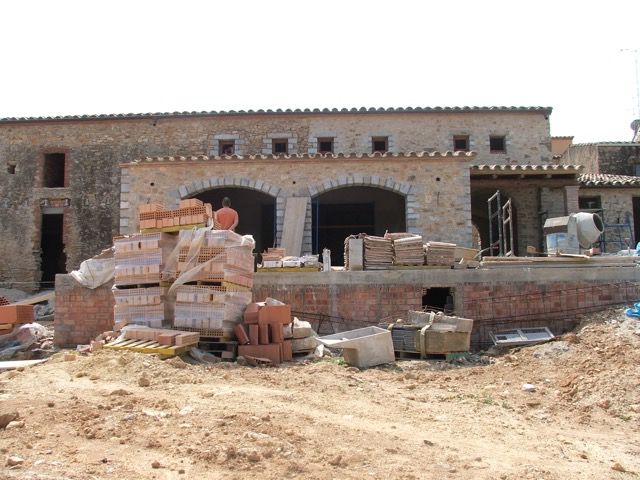
Building your own house in Spain – Main issues
2015-12-29
Are you considering building a holiday home in Spain? Buying a building plot and building your own house on it can be a very exiting thing to do, however there are practical issues to consider. First of all, after finding and buying your perfect building spot you will have to look for one or more suitable architects who could design your dream home. Selecting the suitable one for you is the next step. Once you have chosen the architect, the next task is to find a reasonably priced and competent builder. Secondly, arranging all the necessary paperwork is also a mayor issue to manage, especially in Spain! Last, but not at all least, getting the realisation of all your plans into action and making sure that everything is done exactly how and when you want it to be done is the real challenge. Consequent monitoring and checking of the execution is of mayor importance, as you know: “the devil is in the detail”. We recommend strongly therefore to assign somebody who can help you out with all of this on site whilst you are away, and from the very beginning; A person who can advise you in setting up and preparing your project - with a realistic budget – from the beginning, somebody who speaks Spanish properly, who has the necessary local network and experience in this type of work and who can practically represent you on a regular basis and actually be on site and on call at every critical moment. Therefore, making sure to arrange yourself a proper advisor/supervisor/controller of your building project is the most important advice we can give you. Looking for somebody to do this for you in the Costa Brava for instance? ImmoVario can possibly help you out here. Don´t hesitate to contact us for it.
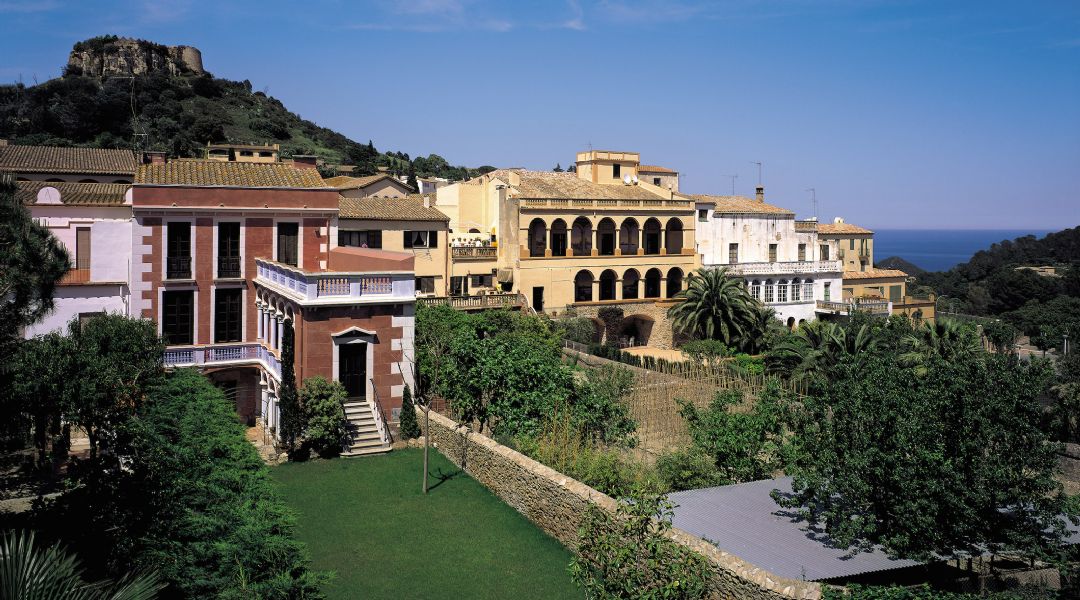
Begur: a little piece of Havana on the Costa Brava
2015-12-16
The 19th century brought great changes to the Catalan town of Begur as many of its residents left to live in Cuba. The impoverished town, overlooked by a stunning Medieval castle, saw its winegrowers, fishermen and sailors head to the Americas where they established a new lucrative life centred around the tobacco which Cuba remains ever so famous for. Begur today is a hot spot for international tourists from all walks of life. With exclusive properties, world-class cuisine and stunning beaches, Begur is an exclusive place to choose to buy your property in Spain. Begur is the location for the annual Fira d'Indians, a festival that celebrates the town's history with a real Cuban party feel in every street. The Fira d'Indians, a three day party celebrates the entrepreneurs, or Indians as they were known, who returned to the town from Cuba to build luxury homes, demonstrating their new-found wealth. With houses rarely coming on the market in this town the Fira d'Indians is a fantastic opportunity to see inside the luxury homes trapped in time and passed down from generation to generation, from days gone by. The homes, known as casas indianas, are found further afield on the Costa Brava but because Begur was largely unaffected by the massive tourism boom of the 1960s, the houses in Begur have been preserved in their own wonderful bubble of Cuban sunshine, good times and smiles. The Fira d'Indians is a festival not to be missed as the doors are thrown open to the homes which are converted into informal bars, reminiscent of those on the island of Cuba itself. So, why not go along and enjoy a mojito with the locals and celebrate the town's most important time of year? Once you've had enough of the party scene head to one of the seven beautiful beaches that Begur also lays claim to or check out the local Michelin star restaurants – there are sixteen in the area with a total of 20 stars. Enough good reasons to have a good look at our nice offer of properties for sale in Begur to have your own piece of heaven there! Sources: Begur.cat Beguronline.com

Aqua de Valencia: a classic cocktail
2015-12-02
A classic cocktail for when the sun goes down and temperatures rise, Agua de Valencia or Valencian Water, was invented in 1959 in the Café de Madrid bar in Valencia by Constante Gil. Showcasing the sunshine infused oranges of Valencia, Spanish gin, vodka and Spanish Cava, it's a refreshing drink oozing with history, opportunity, and as with all cocktails, some would say, pure luck. According to the book, 'Valencia Noche' by María Ángeles Arazo, the Agua de Valencia cocktail was brought to life by Constante Gil as a result of a request by a group of Basque travellers who happened upon the Café de Madrid bar, asking for the house's best sparkling wine. Bored of the same old carbonated sparkling wines, they asked for something different. Of course, this was the perfect opportunity to show off the best of Spain's sparkling wine portfolio with a Valencian orange twist.... and so, Agua de Valencia entered the official history books in black and white print format. It wasn't until the 1970s that it rose to the fame which it enjoys today. A winner amongst locals and visitors alike, Agua de Valencia is a must-try during your holidays in Valencia. If you want to cool down on a hot day, try our recipe for Agua de Valencia. It's really quick and simple to make and serves four people. Ideal for drinks with friends or at a party, we recommend you use locally sourced, or freshly made orange juice for the ultimate in taste-appeal. You will need: 200 ml of orange juice 50ml of Gin 50ml of Vodka 700 ml of Cava or another sparkling wine A pinch of sugar Preparation method: Pour all of the ingredients into a jug or pitcher and stir to blend. Chill for one to two hours before serving with ice in individual glasses. The best glasses to serve Agua de Valencia in are cocktail glasses or hi-ball glasses. Serve as an aperitif or enjoy on a balmy night from the terrace. Alternatively, if you are in town for Las Fallas, drink Agua de Valencia to cool down when the party really gets going. Looking forward to enjoy this coctail on your own terrace in Valencia? Please take a further look to select a property for sale in Valencia on ImmoVario! Sources: Food.com Spanish-wines.org
